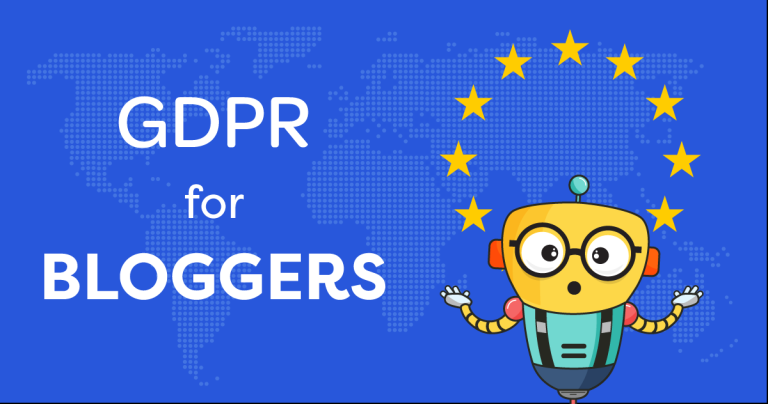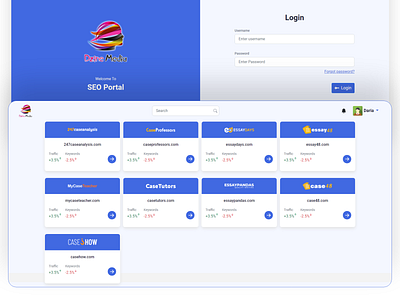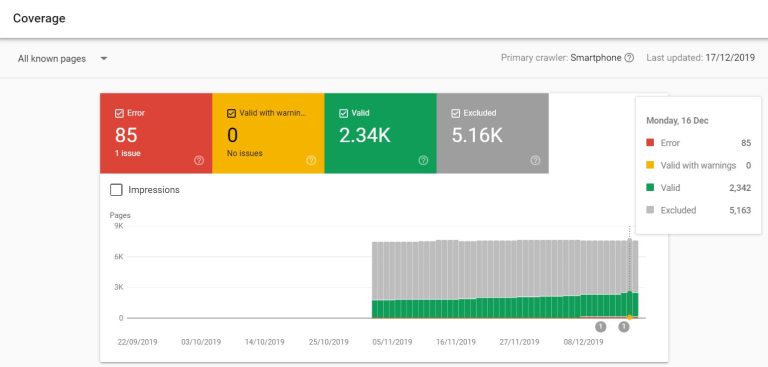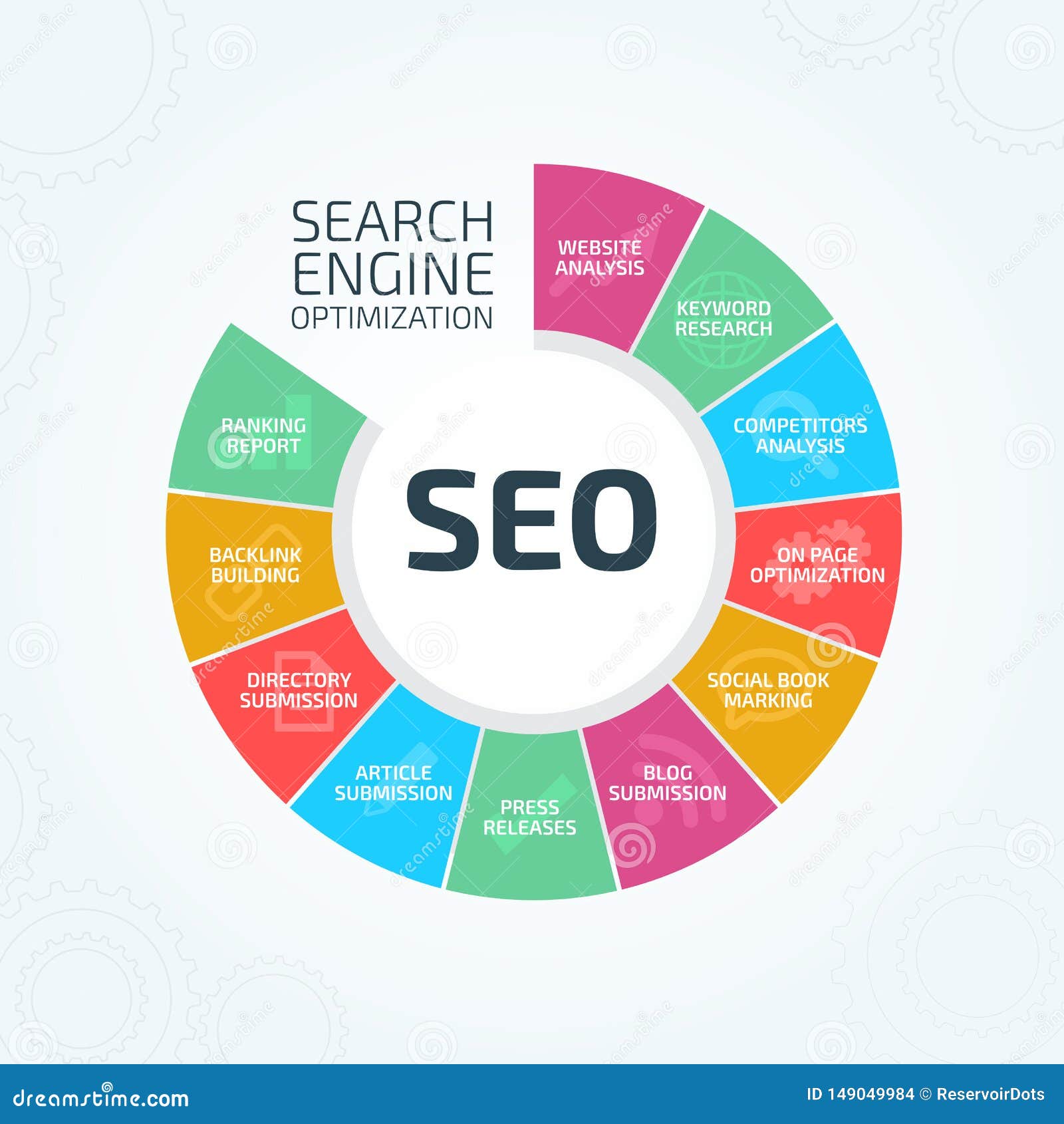
In the ever-evolving world of digital marketing, SEO governance has become a critical component for bloggers aiming to maintain visibility and relevance. As search engines continue to refine their algorithms, the need for structured and strategic SEO practices is more important than ever. For bloggers, this means not just creating content but also managing the processes and roles that ensure that content is optimized, discoverable, and aligned with audience needs.
This article explores the essential processes and roles involved in SEO governance, providing a roadmap for bloggers to implement effective strategies. Whether you’re just starting out or looking to refine your current approach, understanding how to govern your SEO efforts can significantly enhance your blog’s performance and reach.
What Is SEO Governance and Why It Matters
SEO governance refers to the systematic management of SEO processes, policies, and responsibilities within an organization. It involves establishing clear guidelines, defining roles, and ensuring that all SEO activities are aligned with business goals and technical requirements. For bloggers, this means creating a framework that supports consistent content optimization, performance tracking, and continuous improvement.
In the context of blogging, SEO governance ensures that every piece of content is not only well-written but also optimized for search engines. This includes keyword research, on-page optimization, content quality, and technical SEO elements like site speed and mobile responsiveness. Without proper governance, even the best content can fall short of its potential.
Moreover, as search engines become more sophisticated, the importance of structured SEO practices grows. Google’s algorithms now prioritize user experience, content quality, and relevance—factors that require ongoing attention and management. Effective SEO governance helps bloggers stay ahead of these changes by maintaining a proactive and data-driven approach.
How SEO Governance Impacts SEO Performance
Implementing SEO governance directly affects a blog’s ability to rank well in search engine results. Here’s how:
- Improved Visibility: A well-governed SEO strategy ensures that content is consistently optimized for relevant keywords, increasing the chances of appearing in search results.
- Enhanced User Experience: By focusing on technical SEO elements like site speed and mobile adaptivity, bloggers can improve the overall user experience, which is a key ranking factor.
- Consistent Content Quality: Governance frameworks help maintain high standards for content creation, ensuring that posts are informative, engaging, and valuable to readers.
- Data-Driven Decisions: With clear processes in place, bloggers can track performance metrics and make informed adjustments to their strategies.
For example, a blog that regularly audits its content and updates outdated posts can maintain higher rankings over time. Similarly, a structured approach to keyword research ensures that content remains relevant to the target audience.
Step-by-Step Implementation Framework
To effectively implement SEO governance, bloggers should follow a structured process that includes planning, execution, and continuous improvement.
-
Define or Audit the Current Situation
Begin by assessing your blog’s current SEO status. Use tools like Google Analytics and Google Search Console to evaluate traffic, bounce rates, and content performance. Identify areas where improvements are needed, such as underperforming pages or missing keywords. -
Apply Tools, Methods, or Tactics
Once you have a clear understanding of your blog’s strengths and weaknesses, apply the right tools and methods. This includes: - Keyword Research Tools: Use platforms like Ahrefs, SEMrush, or Google Keyword Planner to identify high-value keywords.
- On-Page Optimization: Ensure that title tags, meta descriptions, and headings are properly optimized with relevant keywords.
- Content Audits: Regularly review and update existing content to keep it fresh and relevant.
-
Technical SEO Checks: Use tools like Screaming Frog or Google PageSpeed Insights to monitor site speed and mobile adaptivity.
-
Measure, Analyze, and Optimize
After implementing your SEO strategies, track their impact using analytics tools. Monitor key performance indicators (KPIs) such as organic traffic, click-through rate (CTR), and dwell time. Use this data to refine your approach and make necessary adjustments.
Real or Hypothetical Case Study
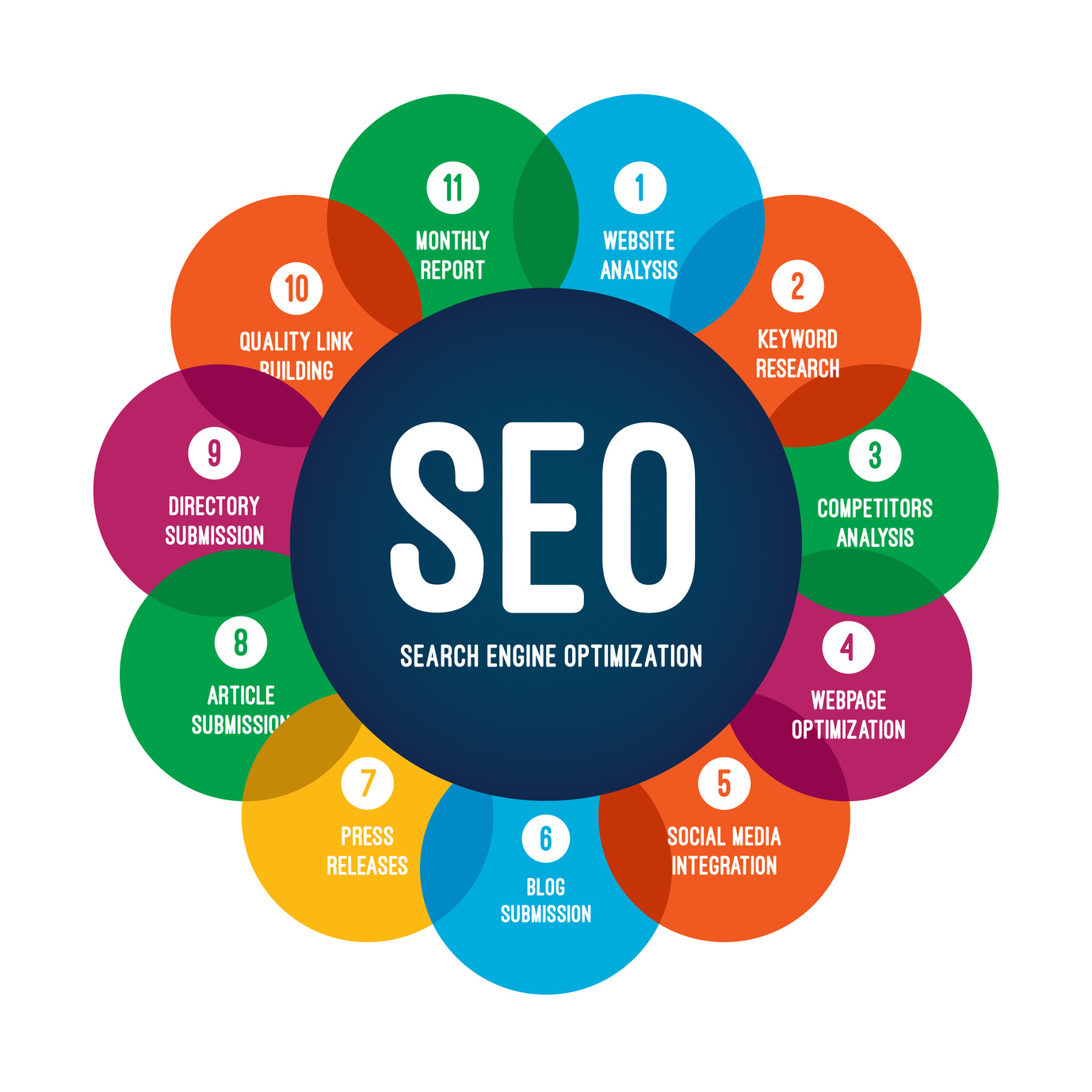
Let’s consider a hypothetical case study of a lifestyle blog that implemented SEO governance practices. Before governance, the blog had inconsistent content quality, poor keyword targeting, and low engagement. After adopting a structured SEO approach, the blog saw significant improvements:
- Organic Traffic Increased by 60% within six months due to better keyword targeting and on-page optimization.
- Dwell Time Improved by 40%, indicating that users found the content more engaging and relevant.
- Bounce Rate Decreased by 25%, showing that visitors were spending more time on the site and exploring additional content.
These results highlight the tangible benefits of SEO governance, demonstrating how a systematic approach can lead to measurable improvements in search performance.
Tools and Techniques for SEO Governance
To support your SEO governance efforts, consider using the following tools and techniques:
- Ahrefs – For comprehensive keyword research and competitor analysis.
- Google Analytics 4 – To track user behavior and measure the effectiveness of your SEO strategies.
- Screaming Frog – For technical SEO audits and site crawling.
- SEMrush – For backlink analysis and content optimization.
- Grammarly – To ensure content quality and readability.
- Trello or Asana – For task management and collaboration among team members.
By leveraging these tools, bloggers can streamline their SEO processes, improve efficiency, and maintain a consistent approach to content optimization.
Future Trends and AI Implications
As AI continues to shape the future of search, SEO governance will need to evolve to keep pace with these changes. Voice search, multimodal content, and AI-generated content are becoming increasingly important factors in search rankings. Bloggers must adapt their strategies to accommodate these trends, ensuring that their content is not only optimized for traditional search engines but also for emerging technologies.
One key trend is the rise of semantic search, where search engines focus more on the intent behind queries rather than just matching keywords. This means that bloggers must create content that addresses user intent and provides value beyond surface-level information.
Another development is the use of AI-powered tools for content creation and optimization. While these tools can assist in generating ideas and improving efficiency, they should be used in conjunction with human oversight to ensure quality and relevance.
As AI becomes more integrated into SEO, the role of governance will be crucial in maintaining consistency, accuracy, and alignment with business goals.
Key Takeaways
- SEO governance is essential for maintaining a structured and effective SEO strategy.
- It involves defining clear processes, assigning roles, and ensuring consistent optimization.
- Tools like Ahrefs, Google Analytics, and Trello can support your SEO governance efforts.
- Regular audits and data analysis are key to refining your approach and achieving long-term success.
- Staying ahead of AI and algorithm changes requires a proactive and adaptive mindset.
By embracing SEO governance, bloggers can ensure that their content not only ranks well but also delivers value to their audience. With the right processes and tools in place, you can build a strong foundation for sustainable growth and visibility in the competitive world of online content.
Meta Title: SEO Governance: Essential Processes and Roles for Bloggers
Meta Description: Learn how to implement effective SEO governance for your blog with actionable steps, tools, and real-world examples.
SEO Tags (5): SEO Governance, Blogging SEO, On-Page SEO, Technical SEO, Content Optimization
Internal Link Suggestions: Parameter #3: On-Page SEO Strategies, Parameter #5: Technical SEO Best Practices
External Source Suggestions: https://moz.com/learn/seo, https://support.google.com/websearch/answer/93653

